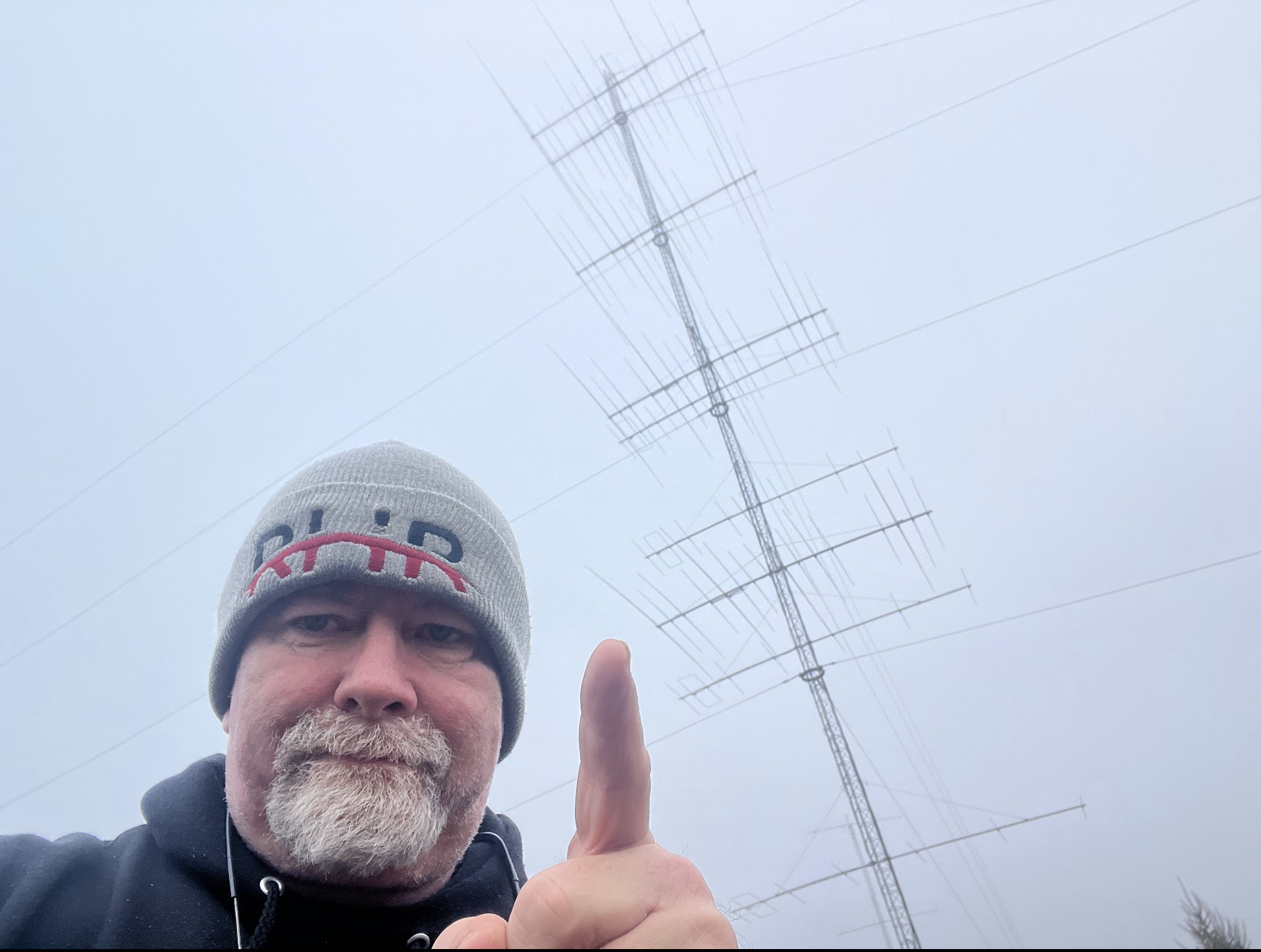🏗️ The Real Cost of Installing a Communication Tower — For Ham Radio and Beyond
If you’ve ever dreamed of having your own ham radio tower — or any communications structure for that matter — you’ve likely asked, “What does it really cost to build one?” The short answer: more than you think. The long answer: it depends on how serious you are about doing it right — safely, legally, and for long-term performance.
Let’s break down the true costs (and hidden surprises) of installing a communications tower — whether for amateur radio, commercial use, or remote operations.
💰 1. The Foundation: Where Every Tower Begins
Assuming you’ve already received the necessary permits and zoning approval from your local government, it’s time to move to the most critical phase of any tower build — the foundation.
Your tower is only as strong as its base. A proper concrete foundation is engineered to handle wind load, frost depth, and soil composition specific to your location. Local codes may even require stamped engineering drawings before any concrete is poured — a step worth taking to ensure long-term stability and compliance with safety standards.
Estimated cost:
Concrete & rebar: $1,000–$5,000
Excavation & forms: $500–$2,500
Engineering & soil testing (if required): $500–$5,000
Skipping this step or cutting corners might save money today — but it’s the #1 cause of structural failure later. A cracked base or under-poured foundation can turn into a teardown situation that costs more than the original job.
4X4X4 formed base with rebar in Jefferson, NY location
🧱 2. The Tower Structure Itself
From Rohn 25G to heavy-duty self-supporters, tower prices vary widely depending on height, wind load, and material.
Estimated cost material:
Light-duty (40–60 ft): $3,000–$5,000
Mid-range (70–100 ft): $5,000–$20,000
Commercial-grade (100 ft+): $15,000–$25,000+
Rotating Tower: $50,000 and up!
Steel Crank-up: $7,000=$75,000
Keep in mind, you’ll also need guy wires, turnbuckles, anchors, and hardware, which can add another $1000–$10,000 depending on the layout.
In this image behind the author Ray W2RE, stands a 180’ Rotating Tower with 96 Elements - Cost to have this installed is over $100,000.
🧰 3. Professional Installation: Labor, Safety, and Expertise
Installing a communications tower isn’t a one-person job — it’s a precision operation that demands experience, teamwork, and strict safety standards.
At Radio Echo Communications, every install is handled by a three-man crew that’s OSHA-certified, fully insured, and equipped to handle everything from foundation anchoring to final antenna alignment. Our team has worked on countless projects across the country, and we’re proud to say that when you break down the time it takes us to complete a job from start to finish — even at $350/hour — we’re the most efficient in the industry.
Here’s the team at Radio Echo Communications:
Ray (W2RE) — Co-founder and industry veteran with decades of tower construction experience and a deep background in amateur radio. Ray is not only a climber but a true pioneer in professional-grade ham radio installation.
Nik (from VC Towers) — An experienced partner who brings extensive commercial tower expertise to every project.
Nik — At just 23 years old, Nik is a powerhouse on-site. He’s a certified welder, skilled climber, and known for handling complex installations that most crews would struggle with.
It’s no surprise we’re booked solid. The reason we can keep rates reasonable is because tower construction is just one of 30 income sources we’ve built in the communications space. This diversified model allows us to offer professional, safe, and reliable service without inflating costs — something we’ll explore in an upcoming blog about how we created multiple income streams.
⚡ 4. Electrical, Grounding, and Safety Systems
Once the tower is up, grounding and electrical work come next. A proper single-point ground system, lightning protection, and power routing are essential — especially if you’re operating expensive radios, amplifiers, or networking gear.
Estimated cost:
Ground rods, clamps, and copper wire: $300–$3,000
Lightning arrestors and surge protection: $200–$1000
Electrical and trenching work: $500–$10,000
Poor grounding isn’t just an equipment risk — it’s a personal safety risk. This is one area where cutting corners can cost you your station and possibly your health.
🔧 5. Antennas, Coax, and Final Touches
Now for the part most hams get excited about — antennas! Whether you’re running a simple Yagi or a stacked array, proper installation, coax routing, and testing make all the difference.
Estimated cost:
Antennas: $500–$5,000+
Coaxial cable and connectors: $300–$10,000
If you’re integrating remote control capability — like we do with RemoteHamRadio.com — factor in the cost of automation, networking, and control software as well.
Bobby, co-owner of Radio Echo Communications spooling 400’ of 7/8 hardline.
🏁 6. Total Project Cost
When it’s all said and done, a professionally installed communications tower typically ranges from $10,000 to $100,000, depending on tower type, height, and scope of work. This is just one tower.
While it’s tempting to go cheaper or “DIY” certain parts, most operators discover that having a professional team handle everything ensures years of safe and trouble-free operation — and that’s money well spent.
💡 Final Thoughts: What It Really Takes
When you add up materials, labor, and equipment, a professionally installed communication tower can range from $15,000 to $100,000, depending on design and height. One tower!
The best and most efficient ham radio tower, in our experience, is a Rohn 45 guyed tower at 70 feet — the “magic height.” This setup allows installation of a 6–40 meter Yagi on the mast above the rotor, plus wire antennas for 80 and 160 meters. A turnkey installation for this configuration typically runs around $45,000.
If you’re able to handle parts of the install — such as trenching, grounding, or pulling coax — you can save some dollars, but most clients prefer to leave it to the experts for safety and precision.
Building a tower is more than just a project — it’s an investment in communication freedom that will last for decades when done right.




